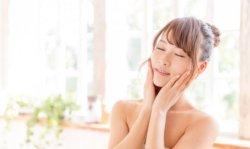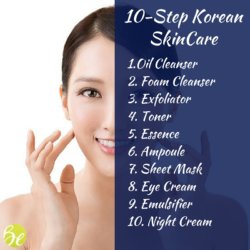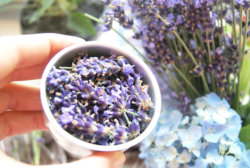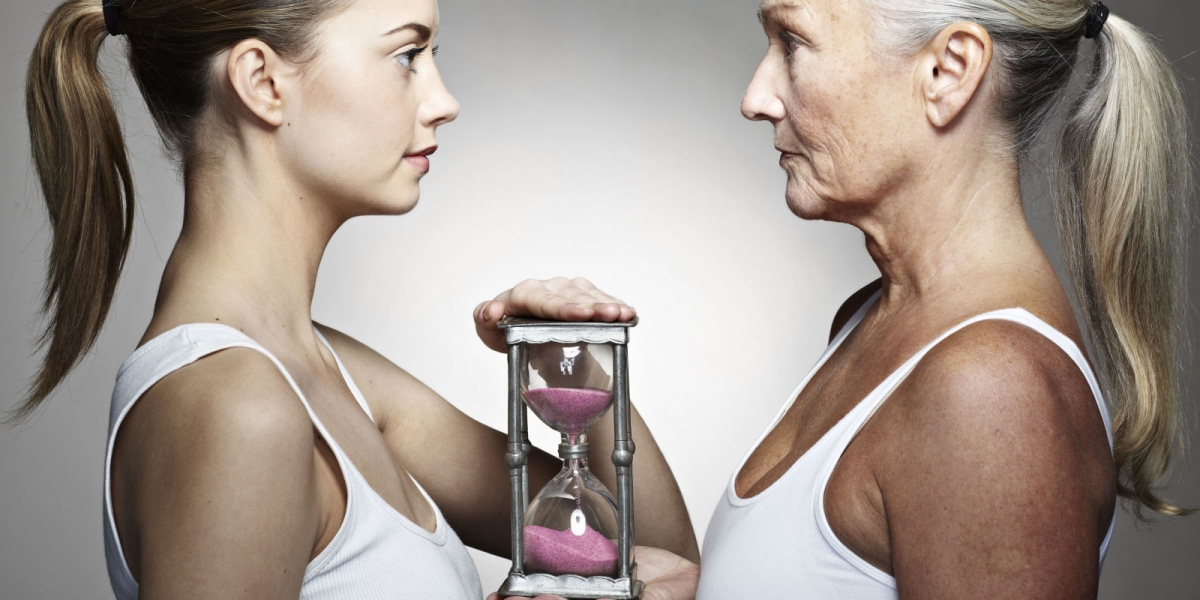
Although the largest cosmetic companies are multinational corporations, different methods of care are still used in different parts of the world. The desire to achieve a local standard of beauty involves the common use of certain minerals and following certain rituals. Women all over the world constantly seek out the best skin care methods. That’s why it is important to know how they care for themselves, in order to benefit from their knowledge and experience.
Japan – alabaster skin and moisturizing
Japan women strive to have smooth and clear skin. They achieve this by using light-coloured cosmetics, and complex and exact make-up removal. High SPF emulsions, whitening creams and fine-grained chemical peels give them a bright complexion. Skin nutrition also plays a very important role. It is achieved through evening lotion with hyaluronic acid and frequently used masks. BB creams also come from Japan. They have the properties of cream, makeup base and foundation to combine makeup and skin care.
Korea – 10 steps
Over the past few years, the Korean women have dominated the trends in skin care. They are imitated by women all over the world. Their daily routine consists of 10 steps aimed at effective make-up removal, peeling, toning, moisturizing and sunscreen, preferably using mineral filters. Cosmetics used in Korea are very delicate and do not contain alcohol. It is common to use essences, often containing hyaluronic acid and snail slime. What is more, the skin is nourished by ampules with lactic acid bacteria, adenosine, sea water or vitamins.
France – lavender water
Most cosmetics and perfumes are based on mineral water. Many French women spray their faces with mineral water few times a day. It fixes makeup and refreshes the skin. When it comes to cleaning, they use scented water, mainly lavender water, which soothes irritation and helps regenerate their skin.
USA – pharmacy cosmetics
American women attach great importance to dermatological consultation. They go to see a doctor not only in case of skin problems, but also to choose the appropriate cosmetics. They prefer to use simple creams, without parabens or substances that may cause allergy or irritation.
Morocco – clay and argan oil
Rhassoul has cleansing, moisturizing, strengthening and anti-wrinkle properties. The Moroccans use it for facial massage, which removes dead skin. The clay is also used as a mask. They apply it for tenor so minutes to allow their skin to absorb the minerals it contains. The second highly valued mineral ingredient is argan oil. A few drops on face, neck and neckline have a strong moisturizing and anti-wrinkle effect.
India – facial massage
In India, natural ingredients are used at every stage of facial care. A mixture of essential oils is used as a makeup remover, effectively removing cosmetics and excess sebum. Massage is also very important. It is performed with the ubtan paste, which has peeling properties and stimulates circulation. Moisturisation is provided by a facial lotion made from almond oil, sometimes with the addition of herbs or sandalwood oil.
Packaging – the product’s business card
Although information on cosmetics is available, customers very often make their decisions based only on the product’s packaging. When the key features of a product are consistent with its appearance, the consumer will surely notice the product she needs. More and more women search for cosmetics containing natural ingredients, such as oils, extracts and minerals. Ecological products are associated with natural packages, made of raw materials, without bright photos and not covered in plastic. Women prefer beige or white boxes with delicate prints, often corresponding to the colour of the natural ingredient contained in the cosmetics. The situation looks a bit different when it comes to luxury, expensive products. Clients looking for this type of cosmetics pay more attention to solid and tasteful packaging. Subdued colours and simple forms are also very desirable, as they look elegant in every purse.
Skin care and culture
It’s difficult not to notice the relationship between skin care and culture. Women around the world are most likely to use local products, either used as an independent cosmetic or as a part of a more complex product. Moving away from artificial products with long lists of ingredients and returning to the roots are both a parts of a constantly growing ‘eco’ trend. Standards of beauty, as well as ways of taking care of beauty, are different all over the world. This does not mean, however, that we can’t learn anything from women from other countries and continents, as the universal purpose for applying all cosmetics and treatments is a healthy and beautiful skin.
Powrót do listy artykułów













